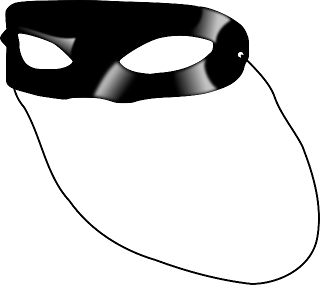I'm always hoping to find apples that are new to me, to taste and describe here.
This year I've walked many through the ritual of photographing and tasting, only to find that they are not new at all.
Instead these apples were just sold under unfamiliar names.
A recent visit to the Big Apple included a pilgrimage to several farmers markets. New York City draws fruit from some fine orchards upstate and in New Jersey.
I returned with 4 varieties I hoped to add to my opinionated catalog. All but one, however, were retreads in disguise.
I don't regret this. You can learn a lot by revisiting an apple variety that may have been picked at a different time under different conditions. I do so deliberately from time to time.
My 4 New York apples are as follows.
Golden Supreme (as "Early Golden")
I cannot kick about being fooled because (1) Golden S is a really nice apple and (2) mine was a gift from a generous cider maker.
Spartan ("Spartan Mac")
It's a Spartan, though.
Paula Red ("Summer Mac")

This late-season Paula really had me fooled. It was so different from the ones in August that I really had to convince myself it was not a separate variety.
The texture was softer and there are some really nice flavors (vanilla and even coconut) I'd never found in Paula before.
But I couldn't ignore all the sources linking Summer Mac to Paula as an alternative name. Instead I learned a little more about this apple.
Niagara ("Niagara Mac")This was my one true find from the Big Apple, a slightly softer and less tart member of the enormous McIntosh clan.
It's been like this all summer, actually, apples I've already met masquerading as something new or at least different. Often it's just not clear if I am getting a whole new variety or just a sport (minor variant) of one I know already.
Many growers don't seem to know, at least the ones working the crowds at farmers market. To be fair, most people don't care, if the apple is good.
Part of it is surely marketing, as with the premium Kiku apples that flood the supermarkets in the off season (they are Fujis, why not say so?). Part of it may be confusion or just an older name resurfacing.
When I taste something for the first time, I deliberately postpone research (which always starts online) until after I've recorded my own impressions. In this way I avoid being influenced by others.
I may have to rethink that practice!



Well at least buying a fake apple still means you get a real apple, not like buying a Rolex and discovering it's a fake... a Folex :-)
ReplyDeleteYes, still good to eat! And I got a good story out of it.
DeleteThis year I've suddenly noticed Mutsu apples...they're everywhere at the farmers markets suddenly - but apparently they used to be Crispins. I'm surprised, since Cripsin seems to be a more appealing name!
ReplyDelete@Karin, I have been assuming that Mutsu is the original name and that Crispin is an Anglicism. But your comment makes me realize I do not know the story for sure.
DeleteDoes anyone know the history of the name for this apple?